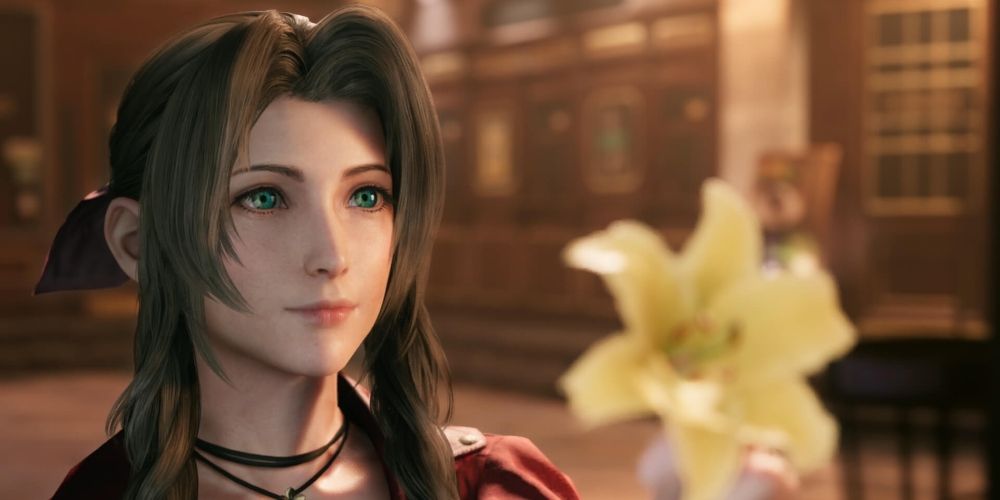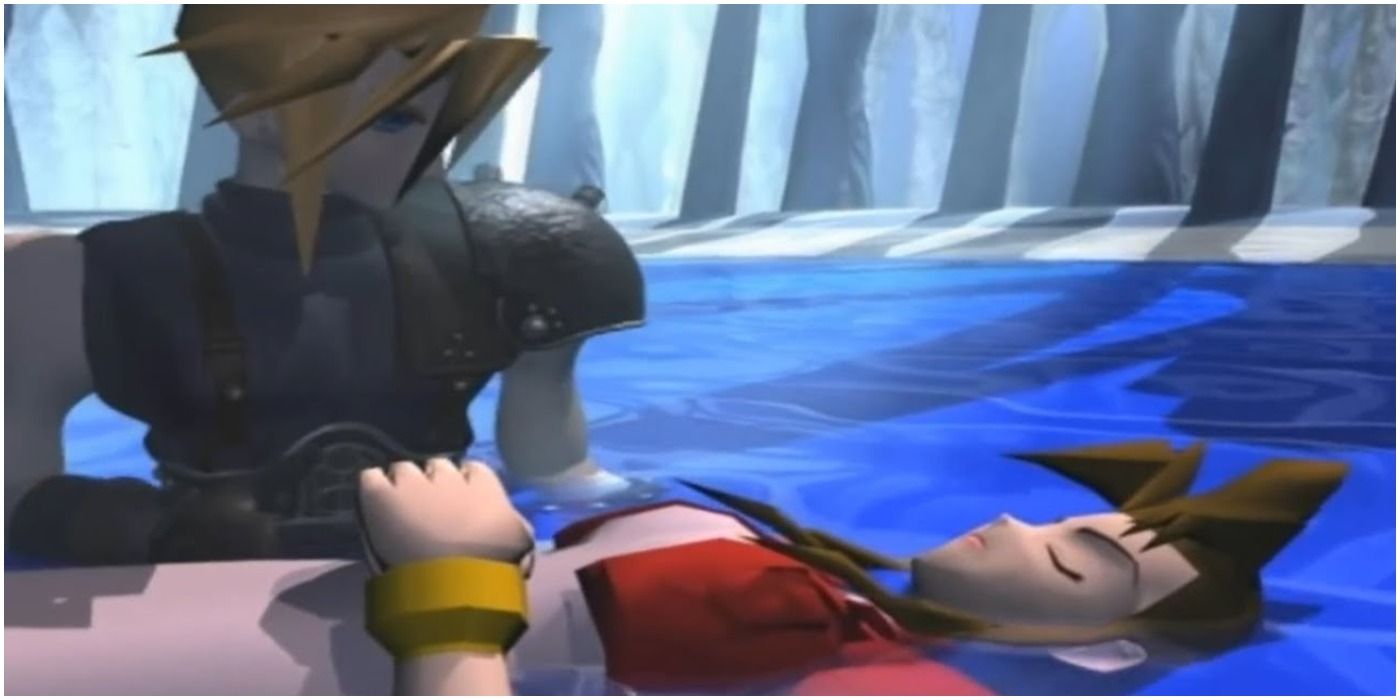This article contains spoilers for
Final Fantasy VII
, which could also inadvertently be spoilers for
Final Fantasy VII Rebirth.
Summary
- Final Fantasy VII’s Aerith Gainsborough is more than just a flower girl – she’s the last Cetra and a pivotal character in a complex story.
- Aerith’s death is a crucial plot point, driving the narrative forward and serving as a pivotal moment in video game storytelling.
- The legacy of Aerith’s death extends beyond gaming, becoming one of the most iconic and impactful story moments in video game history.
Death is one of the most common elements in storytelling. No matter how far back one researches, and no matter the culture, there have always been stories involving death, as the phenomenon is one of humanity’s greatest fascinations due to its inevitability. Shows like Game of Thrones and The Walking Dead have conditioned viewers into believing that no character is safe. However, that’s a double-edged sword as when a major death doesn’t come in a season finale, viewers are left unsatisfied. The desire for a shocking death becomes paradoxical when death is the expectation.
Video games were one of the last mediums to explore death in storytelling. Today, no video game death has been more impactful than the one in Final Fantasy VII. While not the first game to utilize a character’s death to progress a story, Final Fantasy VII’s decision to kill off a beloved character continues to be discussed to this day. In turn, becoming the video game industry’s everlasting equivalent to Darth Vader’s “No, I am your father!” in Star Wars Episode V: The Empire Strikes Back.
Who Is Aerith Gainsborough?
- The last Cetra, a race of people who can interact with the Lifestream and summon Holy, but were almost completely killed off by Jenova.
- The daughter of a Cetra and a human.
- A girl who meets Cloud early in his journey.
- Someone compassionate, kind, hopeful, and overflowing with personality.
- A character who specializes in White Magic such as healing.
- One of three characters Cloud can go on a date with at the Gold Saucer.
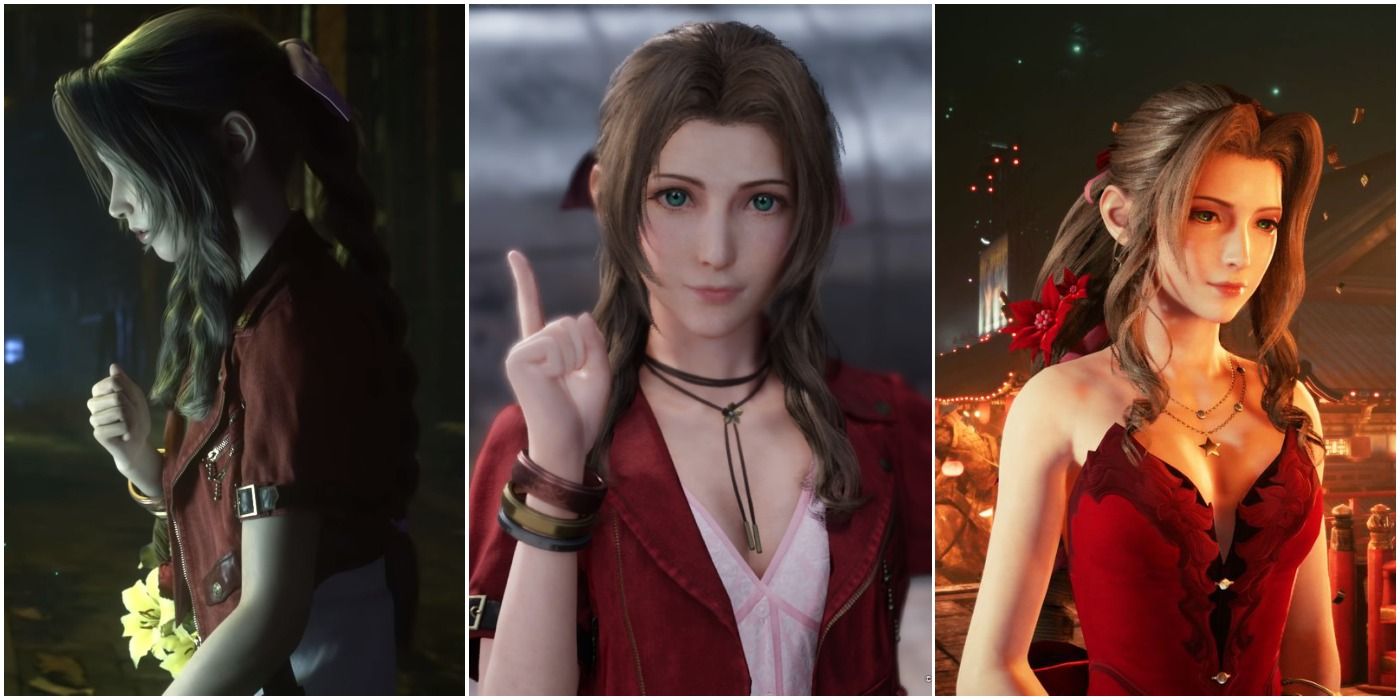
Final Fantasy VII Remake: 5 Ways It Made Aerith Better (& 5 It Made Her Worse)
Like many reimagined aspects of the original game, Final Fantasy VII Remake explores the last Cetra in new and unexpected ways.
Aerith is the very first character players see in Final Fantasy VII – appearing in the iconic opening sequence. Aerith is seen wandering around a bustling Midgar while trying to sell flowers. However, Aerith is more than a simple flower girl, she’s the last of her kind. Aerith is a Cetra. The Cetra are members of an ancient civilization that inhabited Gaia roughly two thousand years before the events of Final Fantasy VII. The Cetra are spiritually one with the planet, being able to interact with the Lifestream – the essence of life on the planet as well as where the consciousness of people goes when they pass. The Lifestream has been harvested by the Shinra Electric Power Company for use as Mako energy.
When an extraterrestrial being later dubbed Jenova crash-landed on Gaia, it sought to eradicate the Cetras, and few survived. Aerith’s biological mother, Ifalna, was ultimately the last living Cetra. Aerith’s father, Professor Gast Faremis, worked for Shinra and researched both Jenova and the Cetra. Professor Gast was ordered to be murdered by Professor Hojo to accelerate experiments with Ifalna and Aerith being subjects. Ifalna and Aerith eventually escaped Shinra, but while fleeing Ifalna grew weakened thanks to past experimentation. Ifalna entrusted Aerith to a woman passerby named Elmyra Gainsborough who would then raise Aerith.
Cloud met Aerith in the aftermath of the Mako Reactor No. 1 bombing where he fell from the reactor, crashing through the roof of Aerith’s church. In Aerith, both Cloud and the player meet a compassionate, kind, and cheerful character. Her spunkiness made her a joy to have around while her optimism resonated with the rest of Final Fantasy VII’s cast. At the same time, Aerith isn’t naive, exhibiting the street smarts required to make a living in the Midgar slums. It’s easy to see Aerith is one of the most beloved Final Fantasy characters and why so many players try to go on a date with her at the Gold Saucer even above Tifa and Barret.
Aerith Had To Die
How Did Sephiroth Control Cloud?
- Before the start of Final Fantasy VII, Cloud was injected with Jenova’s cells by Professor Hojo.
- Cloud was also exposed to a lot of Mako energy, giving him Mako poisoning.
- Hojo theorized that those with Jenova’s cells would succumb to the uncontrollable desire to reunite with Jenova herself, the basis of the Reunion Theory.
- After the Nibelheim Incident, which led to Sephiroth and Jenova’s head plunging into the Lifestream, Sephiroth merged with Jenova.
- This gave Sephiroth the power and control of anyone and anything that possessed Jenova’s cells, including Jenova’s remaining body parts.
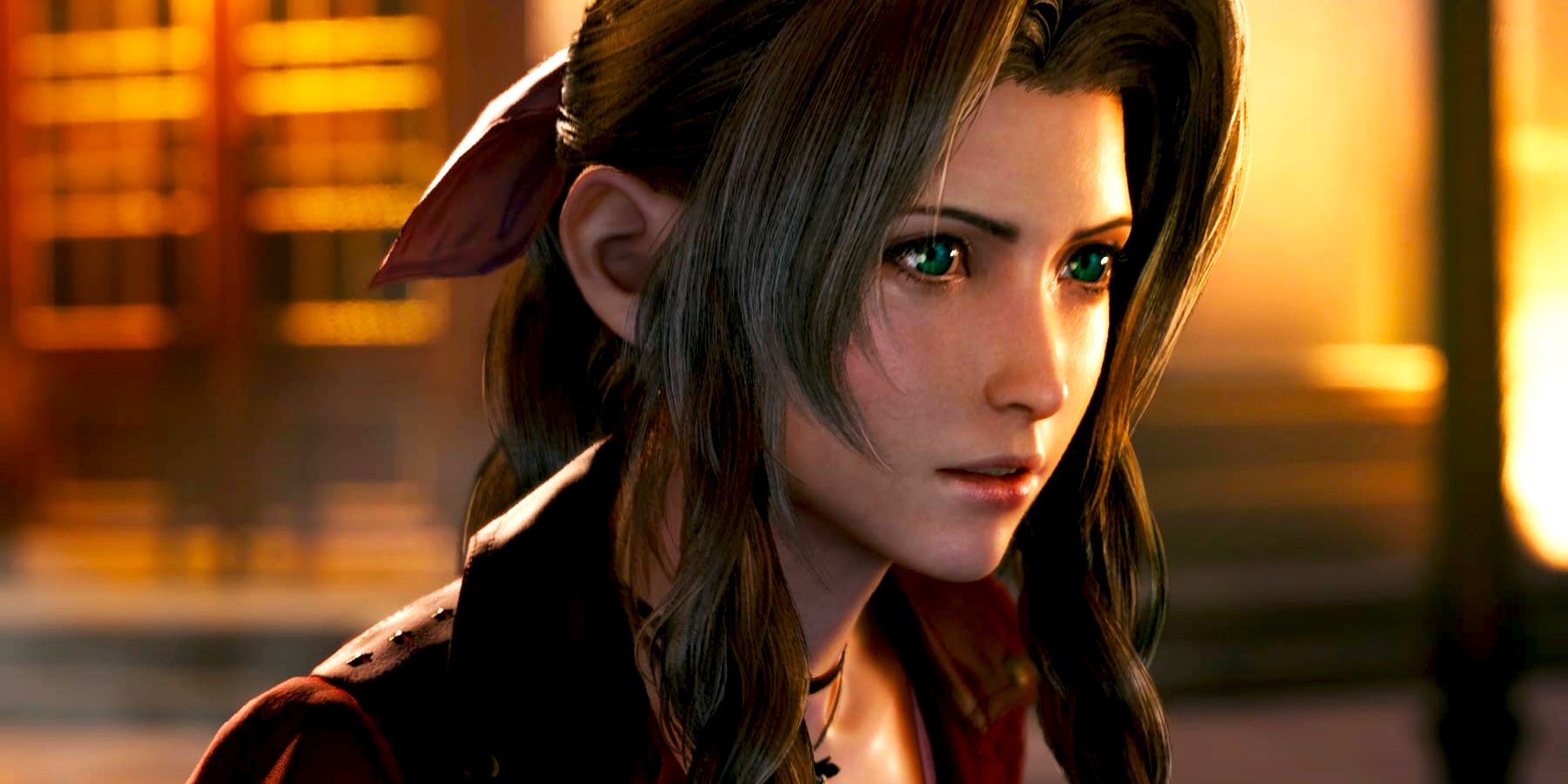
How Final Fantasy VII Rebirth Could Make the Original’s Biggest Shock More Powerful
The original Final Fantasy VII confronted players with one of the biggest twists in gaming. However, Rebirth could make it even better.
Aerith was a powerful ally to both Cloud and the player. Because of her white mage abilities and the ease at which a player can get attached to her, Aerith was likely a common fixture in the parties of first-time players. Unbeknownst to those players, Aerith wasn’t long for the world. At around the midway point of Final Fantasy VII, Cloud, Aerith, and company travel to the Temple of the Ancients in their pursuit of Sephiroth. All the while, Cloud’s Jenova cells allowed Sephiroth to manipulate and control him into acquiring and bringing to him the Black Materia. Cloud became Sephiroth’s puppet with the Sephiroth-controlled Cloud attacking Aerith before being knocked out himself.
While Cloud was unconscious, Aerith left the part to go to a chamber under the Forgotten City. There, Aerith prayed to cast the powerful spell Holy through the White Materia in her possession. Cloud reawakened and followed Aerith’s clues to her location. Once there, Sephiroth took control of Cloud again to attack Aerith, but this time Cloud resisted. As Aerith finished her prayer, an illusion of Sephiroth emerged from above and impaled her with his Masamune. This illusion was a piece of Jenova’s body that Sephiroth used as a vessel, but at the time, the player didn’t care, because Aerith was dead. To make matters worse, players had to fight Jenova:Life before Cloud could lay her to rest, leaving no time to process or grieve. As for the White Materia, it fell into the depths of the nearby water.
One of the harshest realities of Aerith’s death was the necessity of it from a story standpoint. Aerith possessed the White Materia, which is used for the powerful spell Holy. The White Materia was passed down for generations with Aerith receiving it as a child from her mother, Ifalna. With Sephiroth’s goal of creating a cataclysmic natural disaster by using the powerful Black Materia, summoning Meteor, Holy serves as a direct counter. Aerith’s possession of it, and her aptitude for using it, makes her Sephiroth and Jenova’s biggest threat. While Aerith did summon Holy through her prayer, her death allowed Sephiroth to hold it off until his own defeat.
On top of this, Aerith being a Cetra gives her the ability to interact with the Lifestream. By summoning Meteor, Sephiroth hopes to create enough destruction to cause the Lifestream to surface to heal the damaged planet. When that occurs, Sephiroth intends to absorb the Lifestream, effectively becoming an unstoppable god. By killing Aerith, Sephiroth not only eliminates the one person who could use Holy against him but also could use the Lifestream itself. For Sephiroth’s plan to succeed, Aerith had to die.
The Legacy Of Aerith’s Death
|
Compilation of Final Fantasy VII |
Release Year |
Metacritic Score |
Aerith Appear? |
|---|---|---|---|
|
Final Fantasy VII |
1997 |
92 |
Yes |
|
Before Crisis |
2004 |
N/A |
Yes |
|
Advent Children (Film) |
2005 |
88 (PSP), 50% on Rotten Tomatoes |
Yes |
|
Last Order (Anime) |
2005 |
N/A |
No |
|
Dirge of Cerberus |
2006 |
57 |
No |
|
Crisis Core |
2007 |
83 (PSP) & 78 (Reunion remaster) |
Yes |
|
Final Fantasy VII Remake |
2020 |
87 |
Yes |
|
The First Soldier |
2021 |
62 |
No |
|
Ever Crisis |
2023 |
66 |
Yes |
|
Final Fantasy VII Rebirth |
2024 |
92 |
Yes |
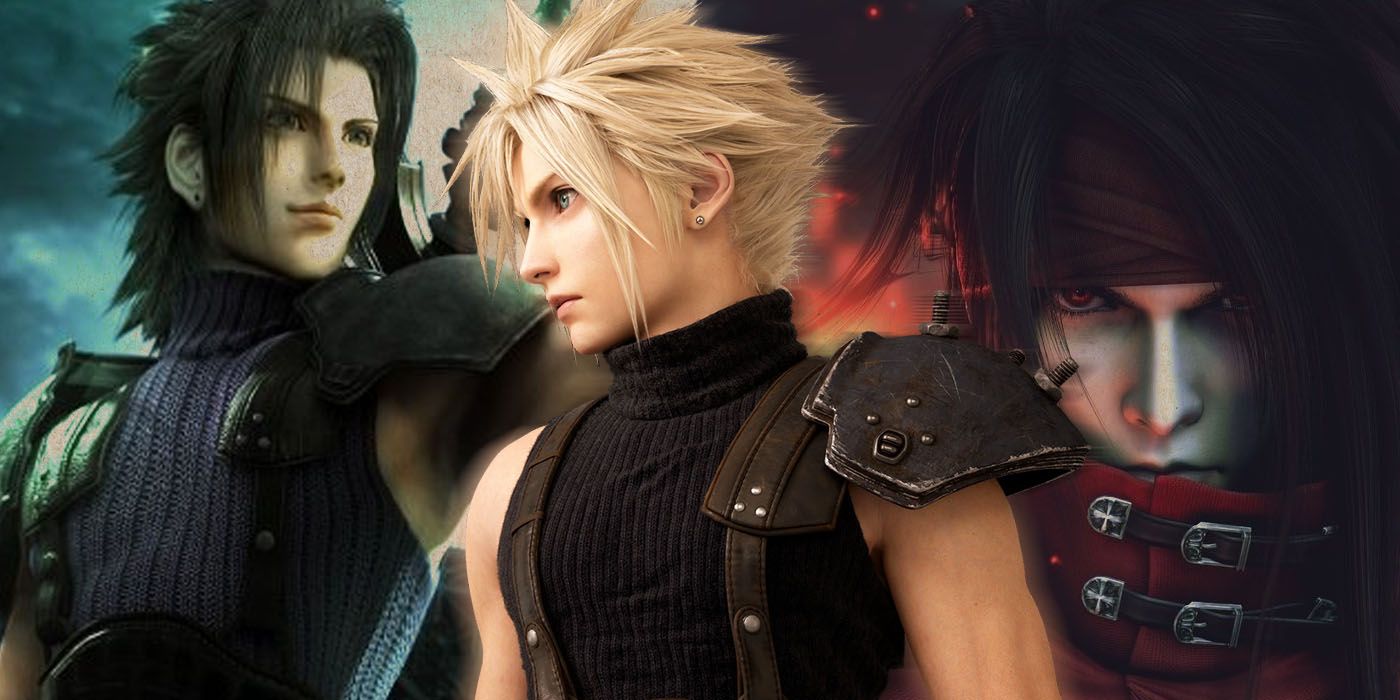
What Is the Correct Chronological Order to Play Every Final Fantasy VII Game?
Final Fantasy VII is one of the most iconic JRPGs of all time, but its legacy is a massive, timeline-jumping epic that can be hard to keep up with.
Shock and denial — that’s what the player felt when they first experienced Aerith’s death if they had no prior knowledge, and there are still players out there who don’t know. It’s a similar emotion to Darth Vader revealing that he was Luke Skywalker’s father. Luke’s emotion after that revelation aligned with the viewer, shouting, “No! That’s not true! That’s impossible!” It also aligns with how the player felt after Aerith’s death. Even now there are Final Fantasy VII players frantically searching Google for a way to bring Aerith back. They follow one myth after another in hopes that some combination of actions will revive her. The “secret to reviving Aerith” has long been one of gaming’s most recognizable myths. The existence of such a myth was born through the despair of losing Aerith. The denial that she isn’t gone forever and that there had to be a way to bring her back, clinging to any hope that may emerge.
Death was a fairly new thing in video game storytelling in the 1990s, and Aerith was among the first main characters to die in 3D polygons with animated expressions. The only thing missing was voice acting, which Metal Gear Solid covered a year later with its own emotional death. What makes Aerith’s death weigh so heavy is the fact that she’s a companion, an ally, and basically the embodiment of innocence and purity. Aerith was someone who was too good to die, and who did not deserve such a gruesome fate. Aerith was a phenomenal and well-written character. Nothing a player had experienced in gaming at that point could have prepared them for losing someone like Aerith. In a medium that had previously given characters numerous lives to complete levels, mitigating the impact of death, players had no way of respawning Aerith. At least, not without external save file manipulation. Aerith was gone.
The loss of Aerith has grown even more painful seeing her in the many Final Fantasy VII follow-ups. Aerith’s personality gets a greater chance to shine in the Final Fantasy VII prequel Crisis Core: Final Fantasy VII. Aerith’s interactions and chemistry with Zack Fair not only put a greater emphasis on those character traits the player had grown attached to but also provide a bittersweet feeling knowing full well her tragic fate. This has become further underscored by Aerith’s depiction in the Final Fantasy VII Remake trilogy where Aerith is voiced in English by the delightful Briana White. Fans have fallen in love with Aerith all over again thanks to the Remake trilogy’s writing as well as White’s fun performance bringing Aerith fully to life.
Aerith’s death is a ripple effect that is still felt today. Players who have never played a Final Fantasy game know of it. The Disney movie Wreck-It Ralph, about a digital world where all video games are connected, even acknowledged it with an “Aerith lives” graffiti Easter egg. Aerith’s death may not have the same weight today as it did in the late 1990s because of widespread knowledge of it, and the overall desensitization of death in gaming and society as a whole. However, there’s no denying that it was a historic moment in gaming and unquestionably deserves a place as the single most iconic story moment in video game history.
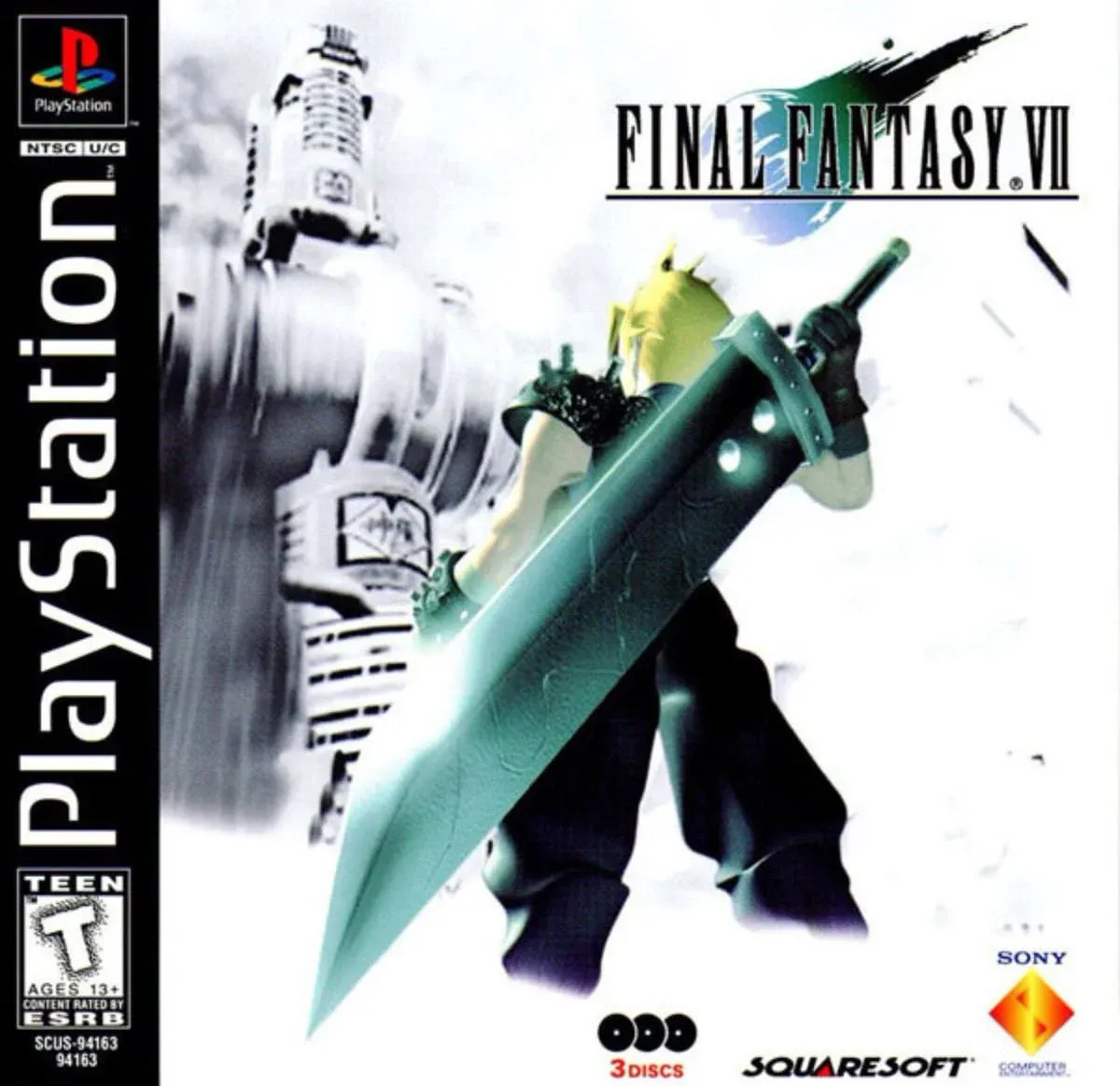
Final Fantasy VII
An evil and powerful corporation is slowly draining life from the planet in an effort to control the universe. However, a small rebellion, known as AVALANCHE, has vowed to put an end to this destructive plan. You take on the role of Cloud Strife, an ex-soldier of the evil Shinra corporation, who joins AVALANCHE as a selfish mercenary, but becomes much more involved in this mysterious epic of friendship, love, and the battle between good and evil.
- Released
- January 31, 1997
- Genre(s)
- Action RPG , JRPG
- ESRB
- Teen (T)


